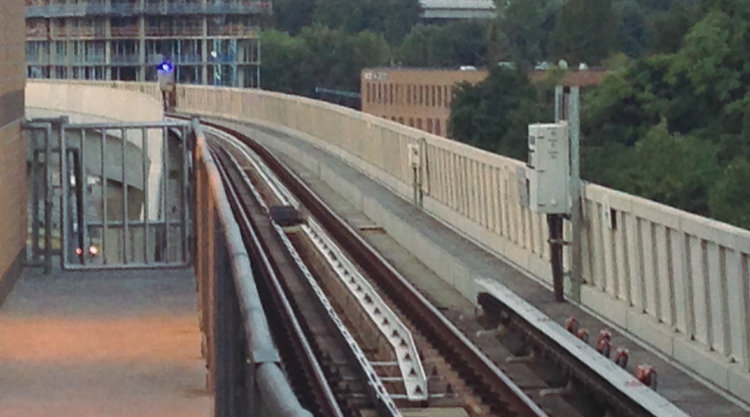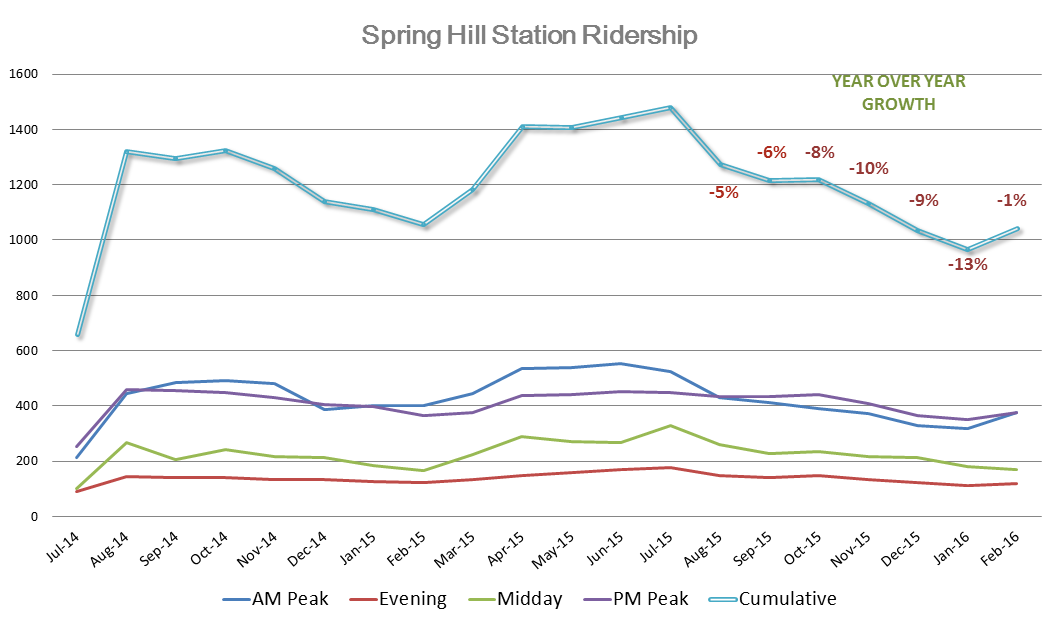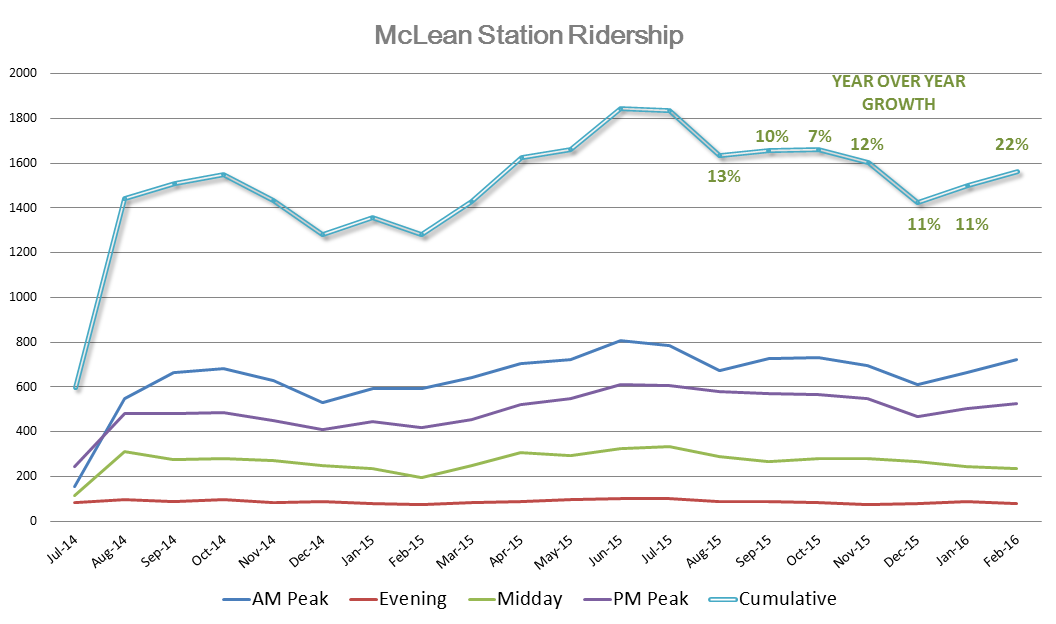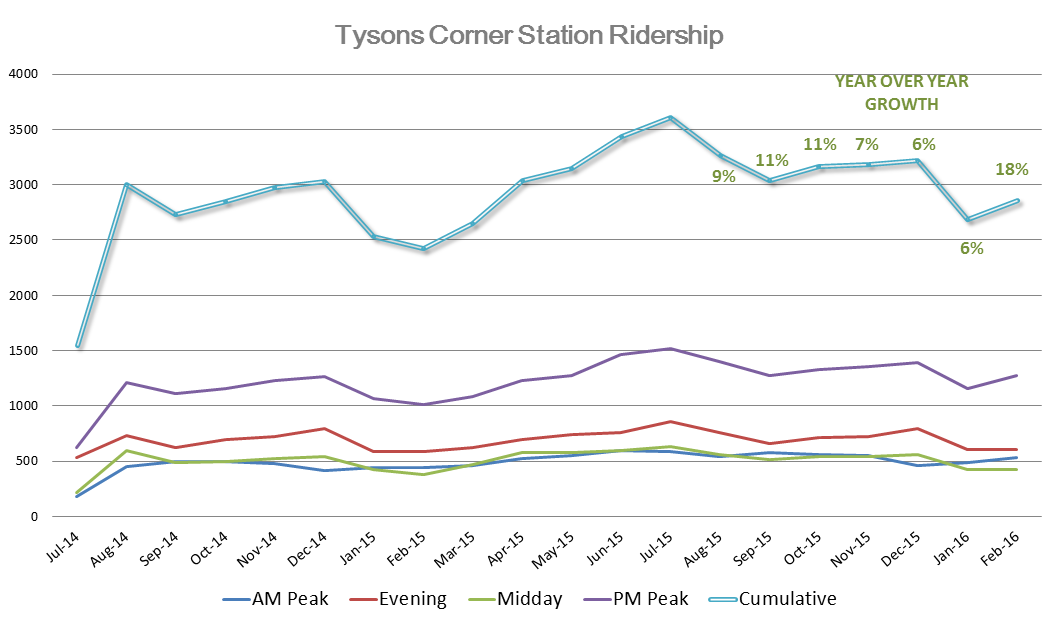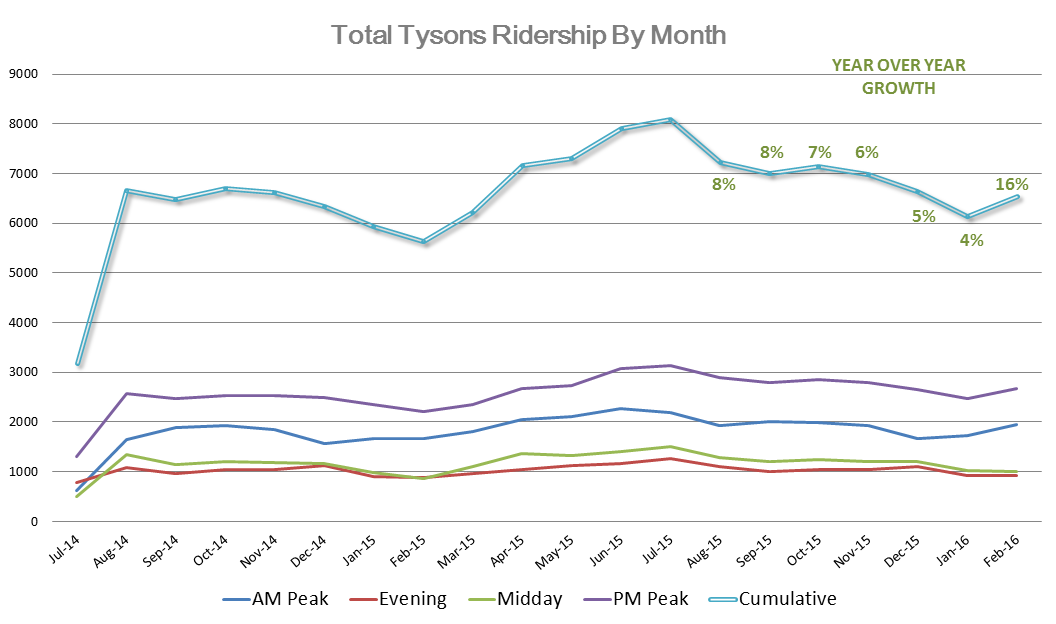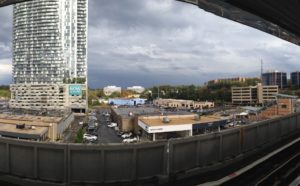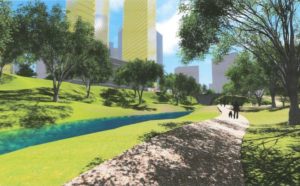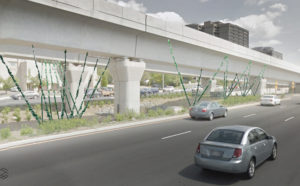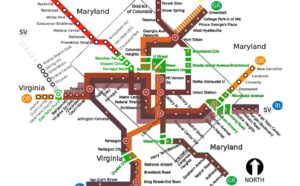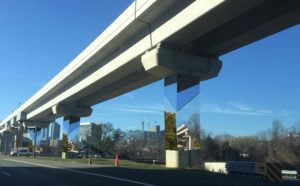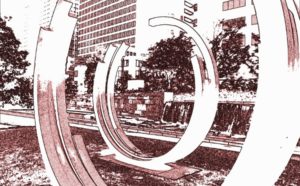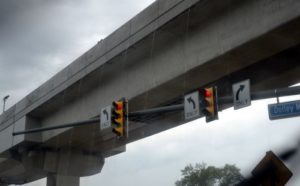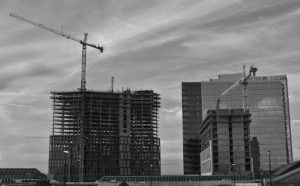PlanItMetro — A blog about future planning at Metro and current statistics — released some interesting data this past week detailing all metro station ridership numbers. This kind of data is a critical tool for planners in TOD districts. The data provided some interesting insight into the embryonic Tysons Silver Line.
The Silver Line remains the least ridden line in the WMATA system, for many reasons beyond having only 5 stations: its infancy, its expansion into areas that have for decades been built around the automobile, and its expansion into lower density regions still under development. By any comparison the Silver Line has a long way to go.
Wiehle is the bright spot in the system, already the third busiest terminus station, but it has largely hit a plateau due to the limitations of parking, lack of land use possibilities, and overall reduction in service quality from recent WMATA incidents. The Tysons metro stations lag behind many other internal stations, although Tysons Corner station continues to outperform and grow ridership. That station has surpassed nearby West Falls Church and is catching up quickly to comparable suburban stations like Dunn Loring and Virginia Square.
What has been leading that growth in ridership? No one factor can exactly be pegged, but given the only declining nature of the train frequency, it is logical to attribute it to the land use development occurring at the metro stations and behavioral changes of modal choice in the surrounding communities. One laggard in the growth has been Spring Hill Station, which could be partly due to accessibility on foot from the surrounding neighborhood and limited development — The Ascent was largely occupied at the time of the Silver Line opening — but that could change once the newest high rise apartment, Adaire, begins leasing.
Overall Spring Hill, Greensboro, Tysons Corner, and McLean stations grew at (-7.34%), 13.81%, 9.74%, and 12.30% respectively. With so few data points and only 7 months thus far able to be analyzed for year over year growth it is important to take the above statistics with a grain of salt. We have yet to enter the peak ridership period over the late spring through early fall when a clearer picture of growth, or lack thereof, can be drawn.

